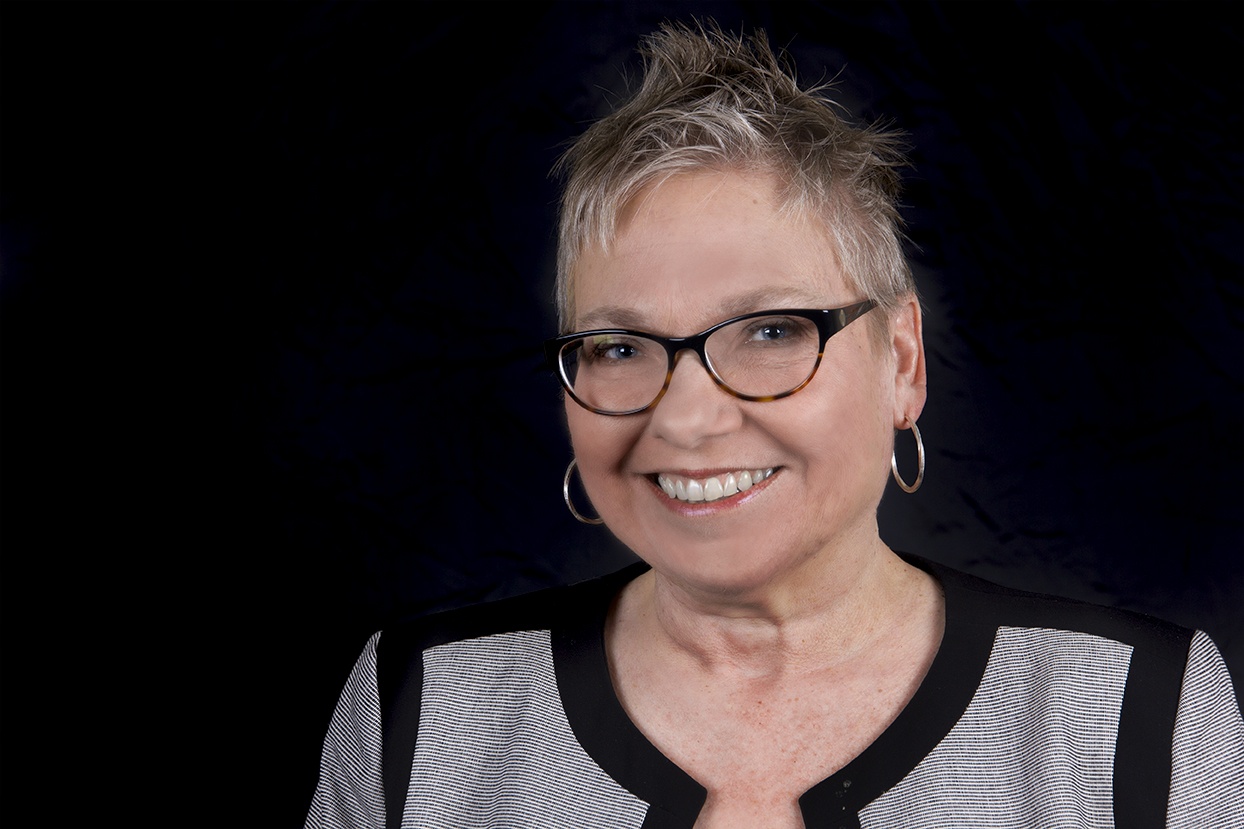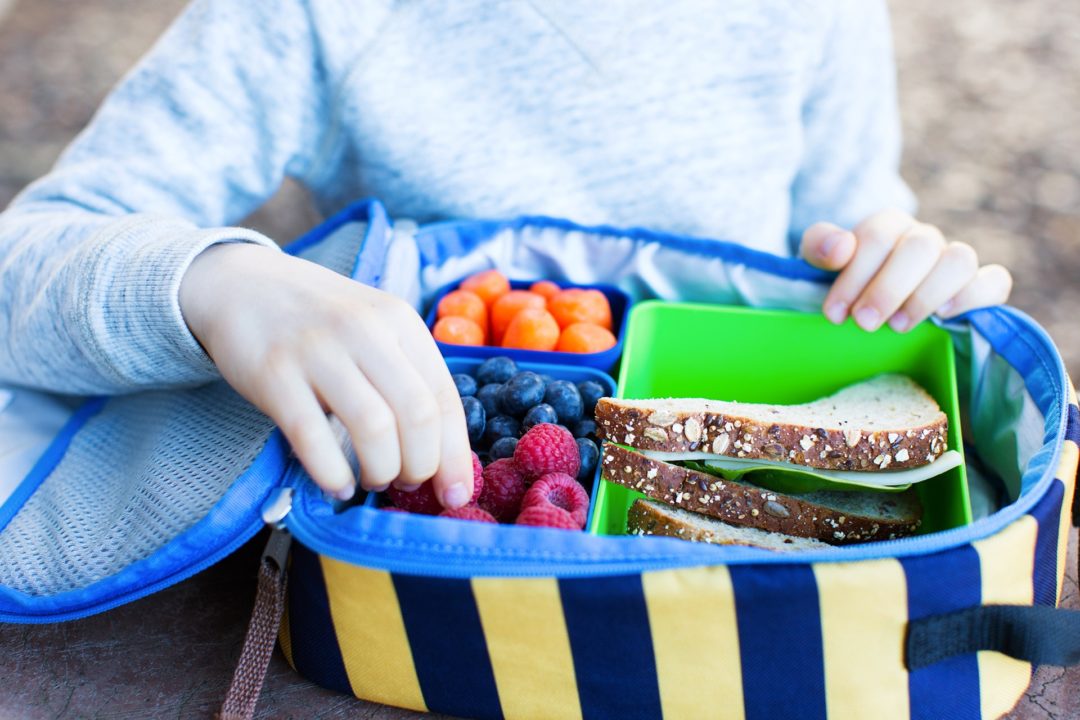School lunch came in three varieties: hot (meal du jour), cold (yogurt), or bagel (with two sticks of string cheese for protein). The hot meals du jour ranged from breaded chicken pieces to pancakes to burgers to breaded fish sandwiches. On the side were individually wrapped packets of carrots, celery and ranch dressing. These were typically left behind. More students brought lunch from home than partook of the school lunch, although kids in the lowest income households ate those meals daily. Chocolate milk outranked “white milk” by a 10-to-1 ratio. Fridays were pizza day and even children with the most sophisticated home lunch palates clamored for their slice and an apple.
Immediately after lunch, the kids got 10 to 15 minutes of free play time to run around and burn off energy before settling in for the remainder of the school day. At least several in each class had trouble staying focused and teachers used elaborate strategies to keep them “on task” without disrupting the rest of the room. It didn’t always work.
It Takes a Village – And MoneyWe’d like to think that parents have the time and energy to do what’s best for their kids and to get them started with foods that are wholesome, natural and nutritious. As a parent myself, I took pains to keep my daughter away from TV advertising and to feed her as healthy as I knew how until Grandma introduced her to Pringles at around the age of 2. In the era of the ubiquitous tablet, which is cursed for creating couch potatoes but also is a learning tool, there’s an opportunity to create nutritional literacy in a way that is fun, participatory and meaningful. Acting on it also requires having the right food available and affordable. This brings me in a roundabout way to what will probably be the story of the year — Amazon’s acquisition of Whole Foods Market.
In the tweetstorm that followed the newsbreak on June 16, one caught my eye. It came in the form of an open letter addressed to Amazon founder Jeff Bezos and was signed “with hopefulness” by California food activist and restaurateur Alice Waters.
“With the acquisition of Whole Foods — and the ubiquitous network of Amazon — you have an unprecedented opportunity to change our food system overnight: It is time to demand that produce comes from farmers who are taking care of the land, to require meat and seafood to come from operations that are not depleting natural resources, and to support the entrepreneurial endeavors of those American farmers and food makers who do not enjoy federal subsidies. They have the same amazing spirit that propelled you and John Mackey to success. It’s time to do the right thing for our country, our farmers, and our planet. And we are all here to help you do it!”
Idealistic? Perhaps. But wouldn’t that be something?
Laurie Petersen
 Editor-In-Chief
Editor-In-ChiefPublished in WholeFoods Magazine August 2017










